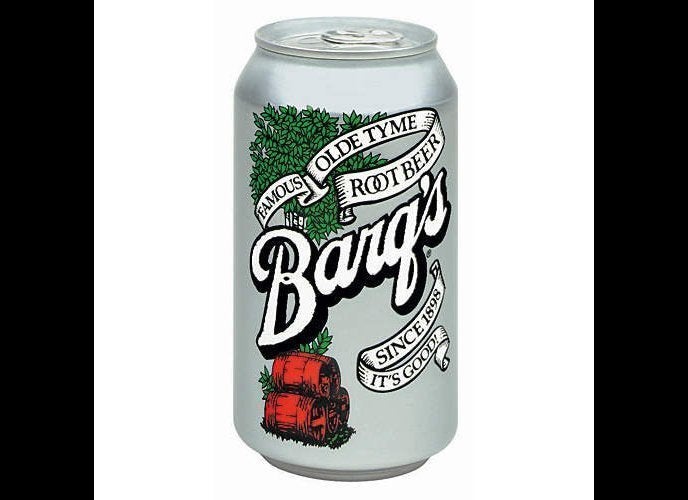Years ago, I had a client who ate pristinely, removed food intolerances from her diet, combined weight resistance with burst training, got eight hours of sleep every night, and controlled her stress levels.
Despite that persistent effort, the scales wouldn't budge, and I remained baffled.
Until one morning, that is, when I ran into her on my way to the gym holding a venti Starbucks. "Coffee or tea?" I asked.
Turns out, she was drinking a non-fat Skinny Cinnamon Dolce Latte. Since this was pre-iPhone, during my next visit to Starbucks I picked up a nutrition guide. Turns out that "skinny" drink contained a whopping five teaspoons of sugar. Bam. I found the culprit.
Unlike my client, perhaps you're aware coffee drinks can become sugar bombs, but even the most health-conscious among us struggle to know everywhere sugar hides and how to avoid those things. It can feel incredibly daunting.
Sneaky sugars hide in places you'd never suspect, including whole foods, diet foods, packaged fruit, drinks, and dressings. Stevia in the Raw packets, which sound perfectly healthy, contain dextrose (sugar) as its first ingredient. A little misleading, eh?
The first step to curbing sugar consumption involves learning its many names. My friend Jonathan Bailor conveniently compiled 57 (!) of them in this HuffPost blog.
Once you have that list, you'll want to diligently inspect labels. Never mind whether it says "no sugar added" or any other nutrition claims. You've got to actually read ingredients to know for sure.
Even I became shocked to learn about seemingly innocuous foods that contain added sugars. How many of these 10 offenders would you have guessed?
1.Balsamic vinaigrette. Authentic, traditional balsamic vinegar comes from Italy, requires 12 years or longer to age, and undergoes rigorous testing before it goes to market. Commercial balsamic vinegar doesn't undergo this painstaking process. Instead, manufacturers usually make it from white wine vinegar and add caramel coloring (for color and added sweetness) as well as thickeners like cornstarch and gum, which ramp up the calories and sugar. Next time you order a salad, skip the balsamic and drizzle olive oil and vinegar.
2.Dried fruit. You wouldn't pour M&M's or Skittles onto your salad, but that's pretty much what you do when you add raisins, dates, dried cranberries, and "candied" fruit. According to Ocean Spray's website, a quarter-cup of Craisins (dried cranberries) contains 29 grams, or nearly six teaspoons, of sugar. Why would you do that to a perfectly innocent salad?
3.Smoothies. Craftily positioned as a fast, healthy breakfast alternative, most commercial smoothies are nothing more than adult fruity milkshakes. A 16-ounce (their smallest size) Jamba Juice Banana Berry Smoothie carries a whopping 12 teaspoons of sugar. While it packs an impressive 16 grams of protein, a 16-ounce Starbucks Orange Mango Smoothie isn't much better with 37 grams of sugar.
4.Meat sauces. Restaurants love to drown perfectly healthy fish, chicken, and beef in syrupy sauces, sometimes to disguise inferior meats. Any dish described as glazed most likely contains sugar. Even if they're not sweet, those mysterious brown sauces in Chinese and Thai dishes pack cornstarch (which converts to sugar) and other dubious ingredients. Be very specific that you want meat grilled, baked, or broiled. Otherwise, you might have your dinner with dessert when your entrée arrives.
5.Protein bars. If "Caramel Nut Blast" sounds like a candy bar, you're not far off. I counted at least four types of sugar in this "healthy" Balance protein bar. Adding a little fiber and some nutrients doesn't suddenly make a protein bar healthy; it simply transforms a candy bar into an overpriced nutrient-enriched candy bar.
6.Almond butter. People like their nut butters sweet, which explains why most peanut butters come loaded with sugar. Almond butters can also contain added sugar, and here's a great example how a perfectly healthy food can become botched when you don't read labels. MaraNatha no-stir almond butter contains organic evaporated cane sugar as its second ingredient, whereas their organic raw almond butter contains 100 percent raw organic almonds and nothing else.
7.Yogurt. You're not alone if you become overwhelmed with the vast yogurt array at your grocery dairy aisle. Some of them, especially fruit-on-the-bottom yogurts, could have as much sugar as a candy bar. One tiny container of Fage Total 0 percent Honey packs 29 grams of sugar. Yeah, it's honey, but your body breaks it down just like table sugar. If you're not dairy-intolerant, stick with full-fat unsweetened Greek yogurt and read those labels: It should contain no added sugar.
8.Bottled teas. Green tea deservedly earns a health halo, but loading it down with sugar like some manufacturers do quickly demotes that aura. A 16.9 ounce bottle of Honest brand Honey Green Tea contains organic cane sugar as its second ingredient. Switch instead to unsweetened green-tea varieties and add your own healthy sweetener. Better yet, brew your own.
9.Wheat bread. Long positioned as a healthier alternative, most commercial wheat breads come stripped of fiber and loaded with the same added sugar, preservatives, and other junk as white bread. "Two slices of whole wheat bread now raise your blood sugar more than two tablespoons of table sugar," writes Dr. Mark Hyman. "There is no difference between whole wheat and white flour here. The biggest scam perpetrated on the unsuspecting public is the inclusion of 'whole grains' in many processed foods full of sugar and wheat, giving the food a virtuous glow." Instead of wheat bread and wraps, opt for gluten-free rice wraps or coconut wraps.
10.Green juices. You wouldn't sit down and eat four pieces of fruit, but a juice can easily pack that much sugar without fiber to buffer it out. Because they're lower in sugar, vegetable juices at least sound better, yet bottled juices sometimes become misleading. Naked Green Machine, which sounds like a vegetable juice, promises "no sugar added." Yet despite its name, this drink is mostly fruit, and an entire 15.2 ounce bottle contains almost 12 teaspoons of sugar.
If you're like me, you're shocked about sneaky sugars in these and other seemingly healthy foods. What one food or drink did you once consider healthy but now know otherwise? Share your thoughts below.
© 2014 JJ Virgin & Associates, Inc. Celebrity Nutrition & Fitness Expert JJ Virgin helps clients lose weight fast by breaking free from food intolerances and crush their sugar cravings. She is author of New York Times Bestsellers The Virgin Diet: Drop 7 Foods, Lose 7 Pounds, Just 7 Days, The Virgin Diet Cookbook: 150 Easy and Delicious Recipes to Lose Weight and Feel Better Fast and coming November 4, 2014: The Sugar Impact Diet: Drop 7 Hidden Sugars, Lose up to 10 Pounds, Just 2 Weeks. JJ is also a frequent blogger at Huffington Post, Mind Body Green, and other outlets as well as a popular guest on TV, radio, and in magazines. Learn more at www.jjvirgin.com.
___________________
Also on The Huffington Post:
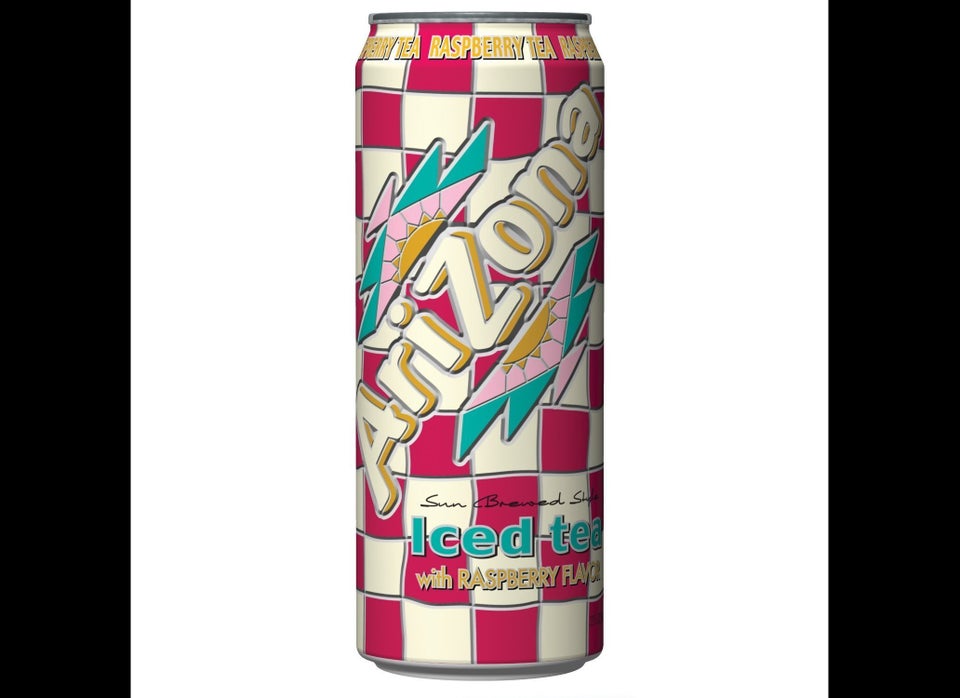
Photo from Amazon.com

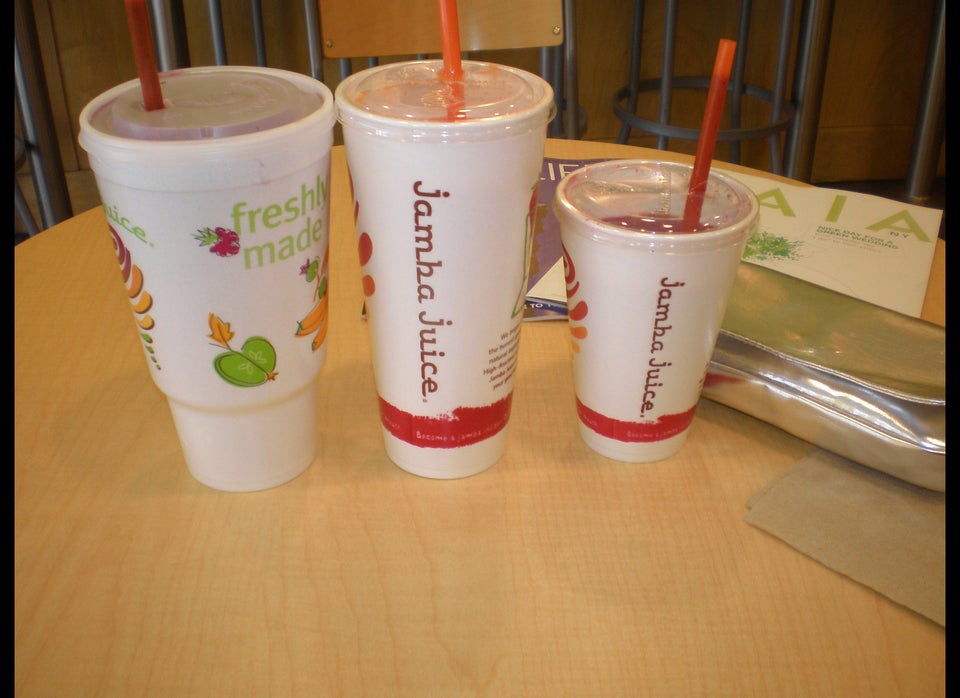
Flickr photo by libookperson
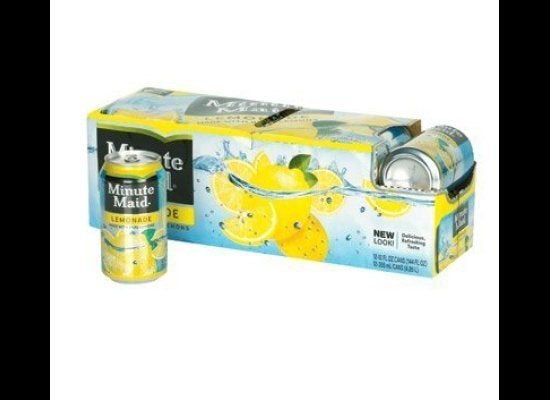
Photo from Amazon.com
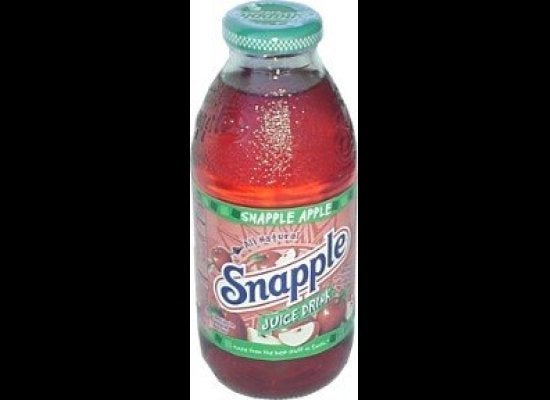
Photo from Amazon.com
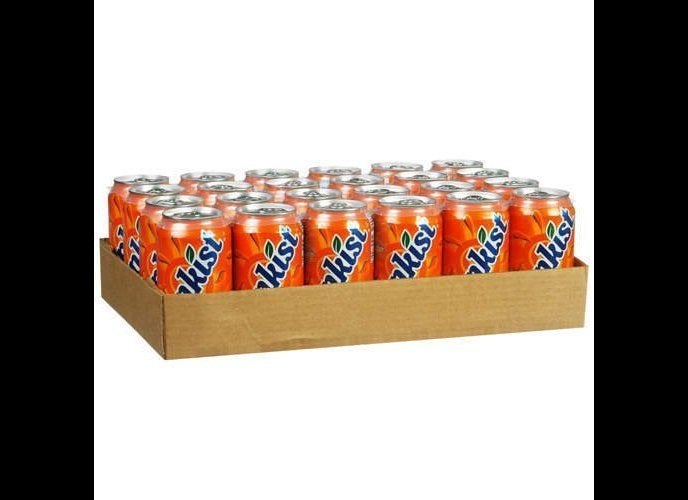
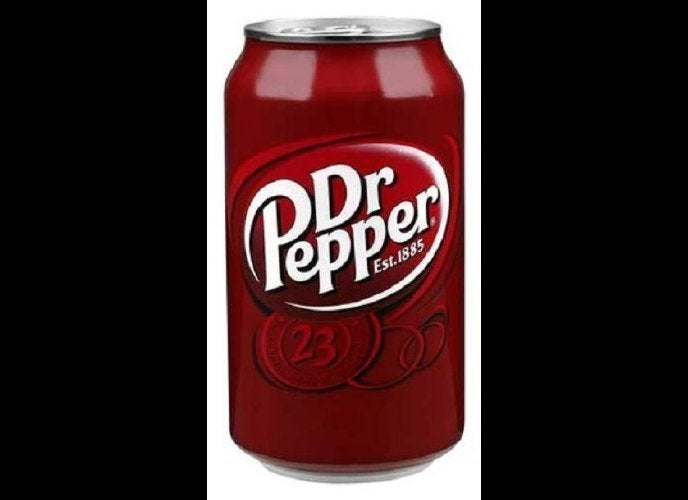
Photo from Amazon.com

Flickr photo by ReneS
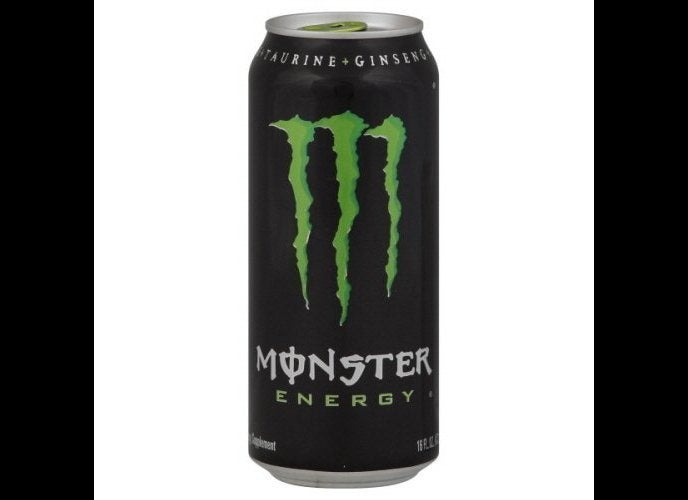
Photo from Amazon.com

Photo from Amazon.com
